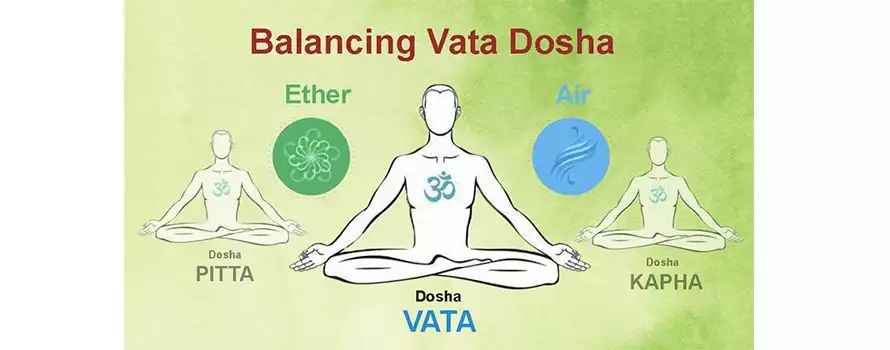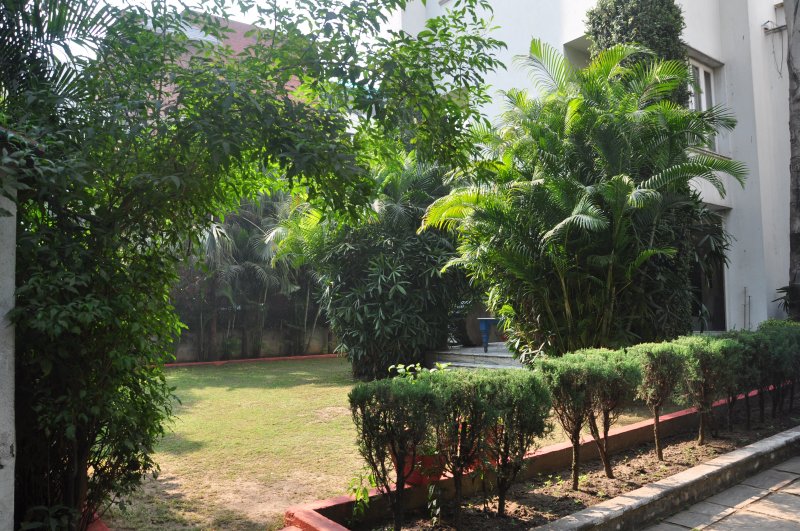The “Charaka Samhita” is also known as the
“Compendium of Charaka”
. It is a Sanskrit text that deals with the traditional Ayurveda medicine that originated in India. This is one of the oldest surviving Hindu texts to have reached us intact from ancient times. It was compiled sometime before the 2nd century C.E. and is made up of 120 chapters across eight books.
Charaka is the renowned author of the oldest surviving text in Ayurveda, the Charaka Samhita. It is believed that his master, Punarvasu Atreya, had seven disciples – Agnivesa, Charaka, Bhela, Jatukarna, Parasara, Harita, and Ksharapaani. Each wrote his Samhita or text, and Agnivesa is said to have had the best version. The revised version of the same is what came to be known as Charaka Samhita.
The content of the “Charaka Samhita” includes segments on the human body, different diseases, and types of treatment. It also covers hygiene, diet and a wide range of diverse medical education. The overall aim of the book is described as being that of showing what kind of lifestyle leads to a good or bad, happy or unhappy life. The book is commonly credited to Charaka, although it is thought that many different writers contributed to, revised, and/or edited it.
Our understanding of Ayurveda and its teachings draws straight from the Charaka Samhita, a comprehensive guide that contains details of an overall ideology, approach, treatment methods and general advice for physicians.
Its contents are divided into 120 chapters in eight specific Sthanas or partitions. They are:
- Sutra Sthana (30 chapters) – General guide on the core philosophy and beliefs of Ayurveda, and the requisite approach towards treatment
- Nidana Sthana (8 chapters) – Eight primary diseases and their causes
- Vimana Sthana (8 chapters) – Ideological advice for practitioners on taste, recommended diet, and training
- Sharira Sthana (8 chapters) – Explanations of the anatomy of the human body
- Indriya Sthana (12 chapters) – Diagnosis and prognosis
- Chikitsa Sthana (30 chapters) – Specialized treatment methods
- Kalpa Sthana (12 chapters) – Methods on how medicines must be prepared for accurate treatment
- Siddhi Sthana (12 chapters) – Overall health advice
The final two chapters are attributed to Dridhabala, who is said to have been active around the 4th century CE.
During These Times of Stress and Uncertainty, Your Doshas May Be Unbalanced. To help you bring attention to your doshas and to identify what your predominant dosha is, we created the following quiz. Try not to stress over every question, but simply answer based on your intuition. After all, you know yourself better than anyone else.



